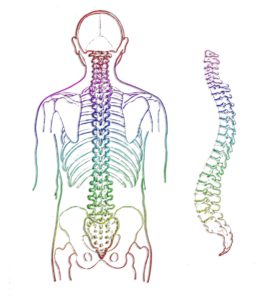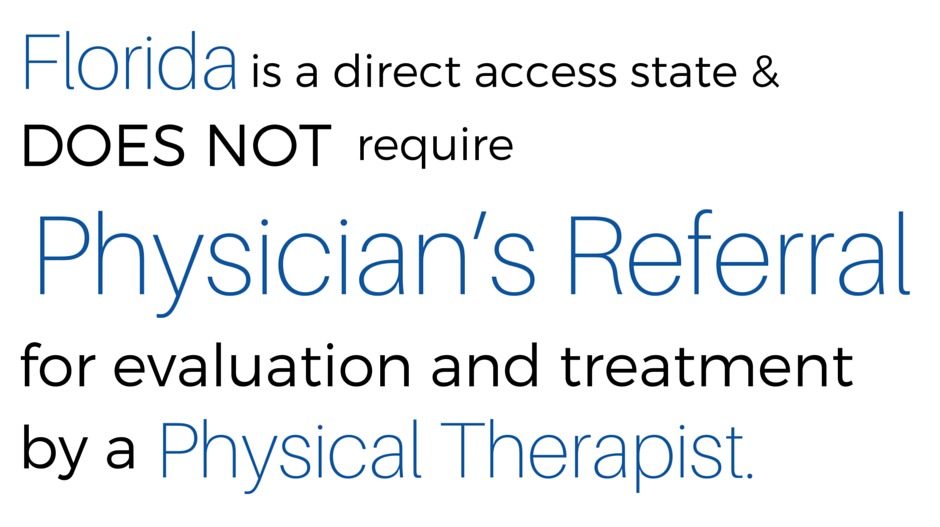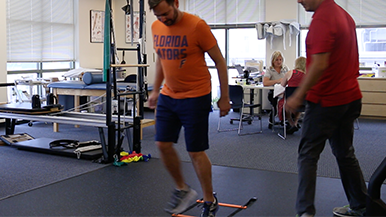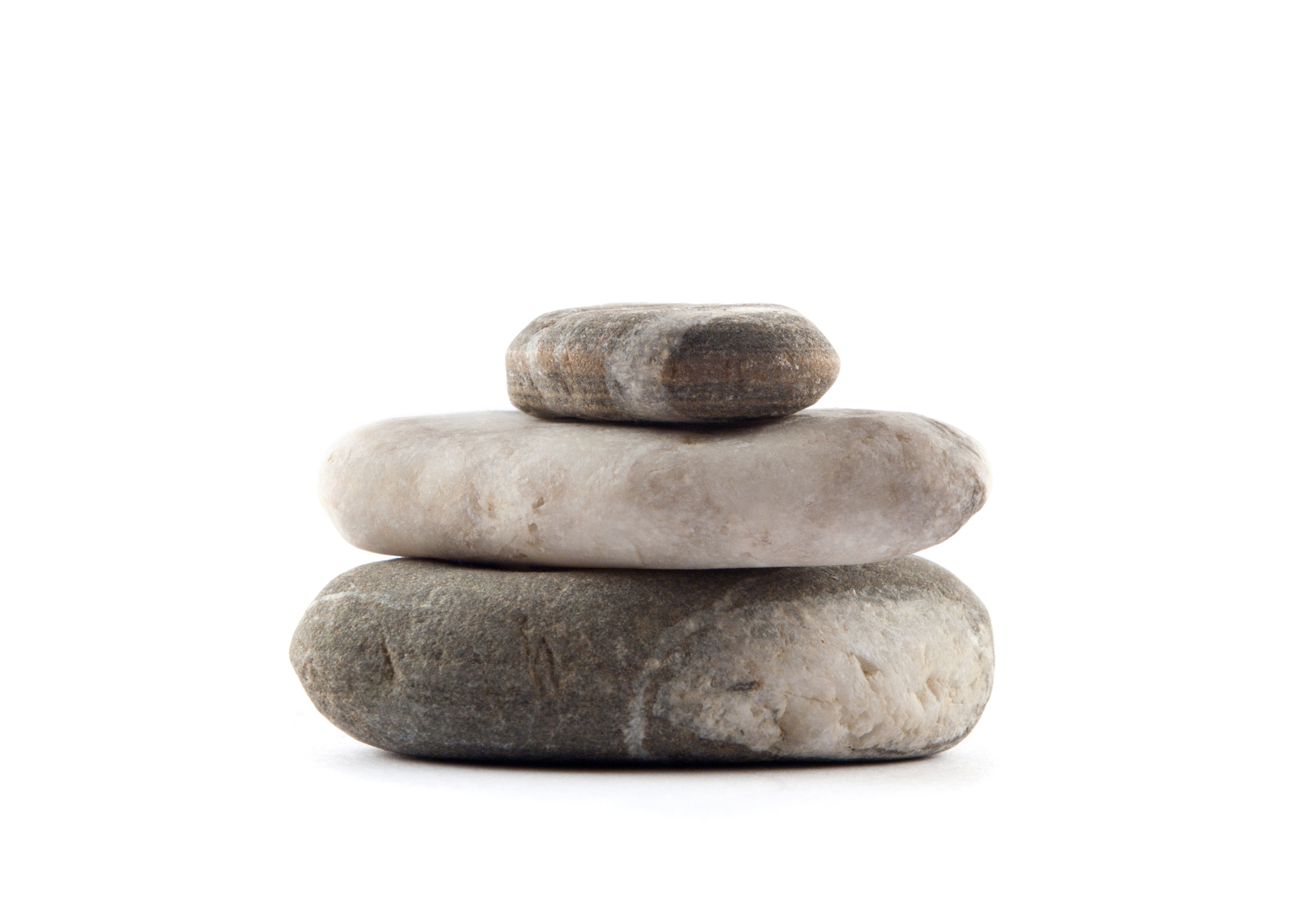Degenerative Disc Disease
In normal, healthy backs, the discs between the vertebrae provide height and space, and enable us to bend, flex and twist. The discs between each vertebra of the spine act like shock absorbers, to help prevent damage to the spine while walking, running, jumping and engaging in sporting activities.
As people age, the spongy discs lose their water content, and start to atrophy and lose their stability. As a result, the bones of the vertebrae move closer together, making the nerve openings in the spine more vulnerable. This can cause intense pain, numbness and weakness.
Degenerative disc disease is a major cause of lower back and neck pain. However, the term degenerative disc disease is a bit of a misnomer; it’s not actually a disease. The term is used to signal a condition where a disc has lost durability, thereby causing pain; and the ailment may not be strictly degenerative in all cases.
Causes of Degenerative Disc Disease
 With the wear and tear that comes with aging, most people will show some signs of intervertebral disc degeneration; however, not all of them will necessarily experience back pain. As we grow older, the discs tend to give up their resilience, pliability, and their capacity to absorb shock. Poor postural alignment and improper movements (i.e. during lifting or sports), may impair and destabilize the discs. Injuries and accidents to the back can also trigger degenerative disc disease.
With the wear and tear that comes with aging, most people will show some signs of intervertebral disc degeneration; however, not all of them will necessarily experience back pain. As we grow older, the discs tend to give up their resilience, pliability, and their capacity to absorb shock. Poor postural alignment and improper movements (i.e. during lifting or sports), may impair and destabilize the discs. Injuries and accidents to the back can also trigger degenerative disc disease.
Unlike our muscles, the discs of the spine receive practically no blood flow. When a disc becomes damaged, it cannot restore itself, and will begin to decay.
Besides aging, there are a number of factors that may precipitate disc degeneration:
- The loss of fluid in the discs, making the disc less able to absorb shock
- A tear or crack in the outer layer of the disc caused by daily activities and/or sports
- Swelling, aching and weakness can result from injury, a sudden fall, or false movements
Disc degeneration is more common in those who smoke and for people who engage in heavy physical labor. Obesity also increases one’s chances of developing weakness in the spinal discs. The less cushioning there is between discs, the more unstable the spine will become. Bone spurs (osteophytes) may appear, and place stress and tension on the spinal cord, causing great discomfort, and may impede nerve function.
Symptoms and Diagnosis
Degenerative disc disease can involve discomfort in the back or neck; however, many patients experience little or no pain, while others with equal disc deterioration may experience extreme pain that affects their day to day activities. The location of the damaged disc is also important; a weak disc around the neck area may cause neck or arm strain, while a fragile disc in the lower back may provide discomfort in the back, thigh, or buttock. The pain may be aggravated with common movements like bending over, reaching up, or twisting.
Other prevailing symptoms may include:
- Neck pain pulsating toward the arms and hands
- Worsening discomfort when sitting, and lessening pain when walking and moving
- Pain that lessens with changing positions often or lying down
- Extreme pain that may wax and wane, persisting from a few days to a several months
- Numbness and tingling in the extremities
The diagnosis will be made in consultation with your doctor, who will evaluate your symptoms, physical condition and medical history. Your back will be examined for suppleness, strength, mobility and to assess the structure of the nerve roots, to determine if your back is being affected by degenerative developments. An x-ray or magnetic resonance imagine (MRI) may be requested to help show impairment of the discs.
Nonsurgical Treatments for Degenerative Disc Disease
Your physician can provide you with a variety of non-surgical treatment options, depending on the intensity of your symptoms and how much they are impacting your quality of life. The goal of all non-surgical treatment is to get the pain under control, and may involve a combination of approaches, such as rehabilitation, exercise, physical therapy, medication, and lifestyle changes.
- Exercise / Physical Therapy– Exercises are most effective when accomplished under the supervision of a certified physical therapist. Rehabilitation programs enhance blood circulation to the back, which, in turn, supplies healing nutrients to the joints and muscles, and eliminates harmful inflammatory toxins. The goals of exercise are to encourage healing in the back and to limit any future occurrence of discomfort.
- Lifestyle Modification – Patients can create changes in their lifestyle aimed at reducing stress on the spinal cord and reinforcing the spine by adopting good posture and ergonomics. The following modifications have been recommended for relieving symptoms of disc degeneration in the spine: quitting smoking, consuming less alcohol, regular stretching after longer periods of staying seated or standing, and drinking the proper amount of water.
- Medication – Depending on your individual case history, your doctor may recommend a range of medications: from non-steroidal anti-inflammatory medicines (ibuprofen, naproxen), to over-the-counter pain relievers (aspirin, acetaminophen), to epidural spinal injections. In extreme cases of chronic pain, prescription pain medicines such as opioids or oral steroids may be suggested for short term use. Any medication should be taken only under the direct supervision and guidance of your physician; and any potential side effects must be clearly discussed and understood.
Surgical Treatment for Degenerative Disc Disease
Based on the severity of your symptoms and how much they limit your everyday activities, your doctor may discuss the following surgical options with you:
- Spinal fusion – This procedure involves permanently joining two or more vertebrae, so there is no more mobility between them. A bone graft is placed between the vertebrae; and over time, they will mesh into a solitary, sturdy bone.
- Artificial disc replacement – In this extensive surgical procedure, the damaged disc is removed and replaced with an artificial one. The artificial disc will reestablish the intervertebral height while reviving the disc’s mobility.
Recovery and Prevention
Full recovery from spinal surgery can be gradual, and depending on the individual, can take up to three to six months. An effective rehabilitation plan and working under the guidance of a certified physical therapist are essential for reducing post-surgical pain, preventing symptoms from returning, and for achieving full recovery of the spine. Good nutrition, hydration, and exercise are crucial to preserving a healthy and vigorous spine.




